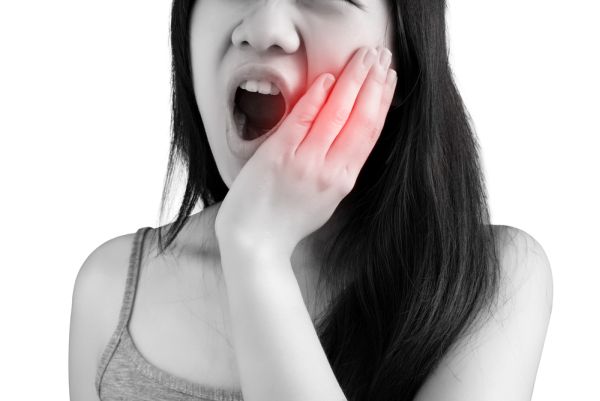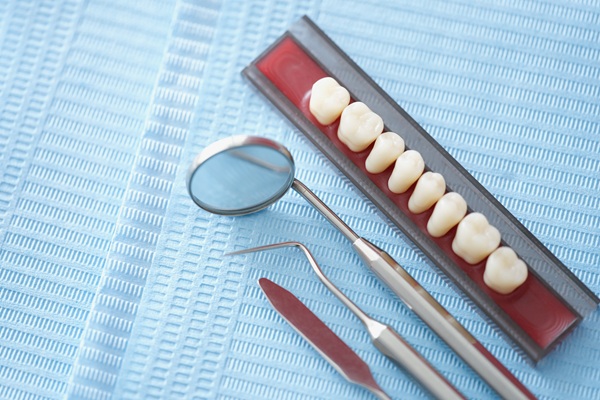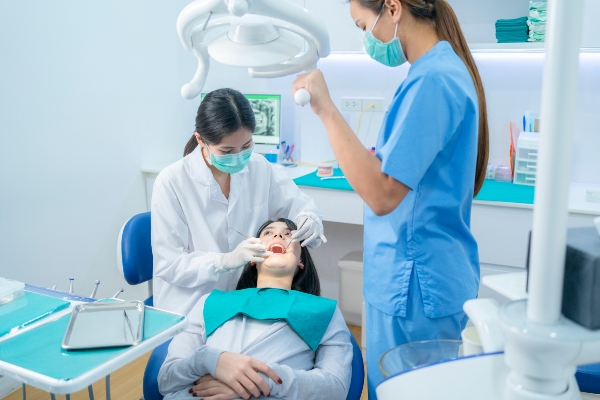Cracked Tooth? 4 Common Symptoms

A cracked tooth can occur while biting down on hard foods, playing sports, or grinding the teeth at night. It can also occur as a result of age. No matter how it happens, having a cracked tooth is a common condition and it is also the leading cause of tooth loss in most countries, which is why it is important to recognize the symptoms and get it treated before the tooth is lost.
Four common symptoms that indicate a cracked tooth
One of the reasons that having a cracked tooth is one of the leading causes of tooth loss is the fact that it does not necessarily show symptoms like most medical conditions. In some cases, the crack in a tooth is relatively harmless and does not require treatment.
However, if a person exhibits any of the following symptoms, they might have a cracked tooth that requires treatment.
- Pain when chewing or biting food
- Teeth becoming sensitive to hot or cold temperatures
- Teeth becoming sensitive to sweets
- Pain in the mouth that comes and goes
People experiencing any of these symptoms should schedule an appointment with the dentist to get their teeth examined.
How does the dentist diagnose a cracked tooth?
Most people think a cracked tooth is easy to diagnose because there will be a visible crack in the teeth. However, a cracked tooth is not always easy to spot because the crack is sometimes invisible to the naked eye. A dentist will likely need a magnifying glass or require an X-ray of the teeth to find the crack.
Even though X-rays do not always show the exact location of the crack, the dentist will look for signs of unhealthy pulp because as it indicates a problem with the tooth. The dentist will sometimes use a dental dye to make the crack more visible or check the gums for signs of inflammation because cracks tend to irritate the gums.
What to do when you have a cracked tooth?
The first thing to do with a cracked tooth is schedule an appointment with a dentist to get the tooth checked out and treated. If the dentist is not available, the pain can be treated temporarily by doing the following:
- Rinse the mouth out with warm water
- Put a cold compress on the outside of the cheeks to reduce the swelling
- Take over the counter pain medication to reduce the pain.
If the pain caused by the cracked tooth is too much to bear, the patient will have to go to an emergency dentist to get treatment.
Can a cracked tooth be prevented?
No, a cracked tooth cannot be prevented because it can happen at any time for a variety of reasons. However, people can do their part to reduce the chances of having a cracked tooth by doing the following:
- Avoid biting or chewing on hard foods and candy
- Not grinding on their teeth
- Wearing a mouthguard while engaging in physical activity
Conclusion
Having a cracked tooth can be a painful experience, especially if left untreated, which is why you should schedule an appointment with your dentist if you have a cracked tooth. Getting your tooth treated as quickly as possible will save you a lot of pain.
Request an appointment here: https://hemetdentalcenter.com or call Hemet Dental Center: Brian Stiewel DDS, INC. at (951) 707-4366 for an appointment in our Hemet office.
Check out what others are saying about our services on Yelp: Read our Yelp reviews.
Recent Posts
Dental bridges can replace missing teeth effectively and often without needing surgery. Not only will this restore the smile, but it also helps patients avoid the negative oral health effects of missing teeth. A general dentist can determine whether a patient is a good candidate for bridges in a consultation. However, learning the basics can…
Tooth extraction is a common dental procedure that general dentists perform on a regular basis. Although it is a routine and safe method, there are common misconceptions about it that cause unnecessary anxiety and fear. It is normal to feel a little nervous before any medical procedure, but it is equally important not to let…
Tooth extraction can relieve pain and discomfort, remove immediate threats to oral health, and open the door to more functional tooth replacements. While we strive to preserve your natural teeth for as long as possible, sometimes extractions are necessary. With the help of a general dentist, learn why there is no need to fear having…
When you hear you need a tooth extraction, it is common to worry about having a gap in your smile for the rest of your life. Fortunately, a general dentist can provide a tooth replacement to restore your smile. From dental implants to flipper teeth, there are many replacement options after a tooth extraction.Tooth extraction…


